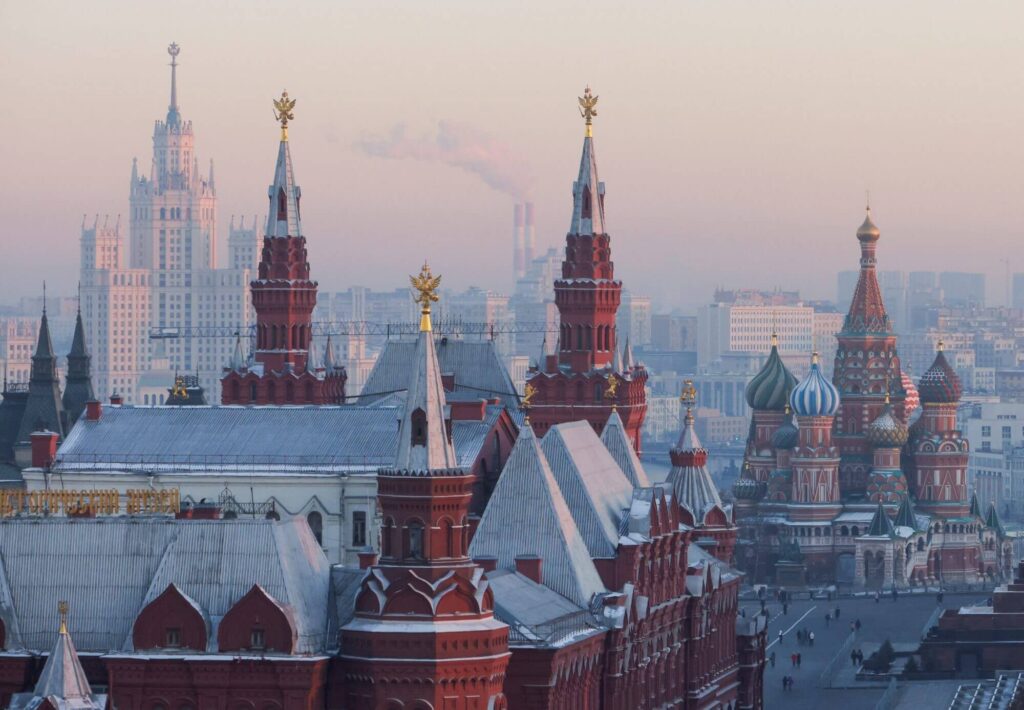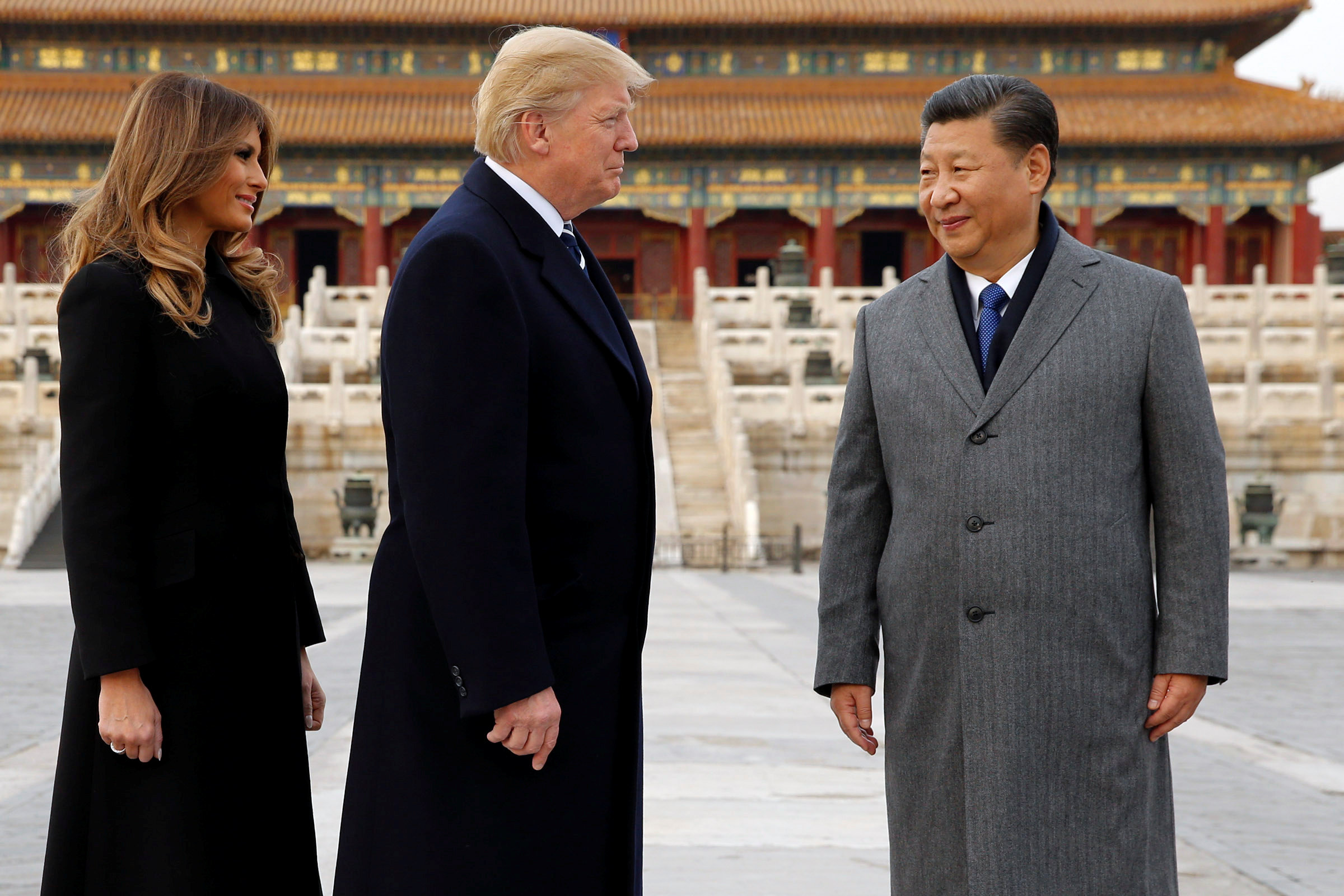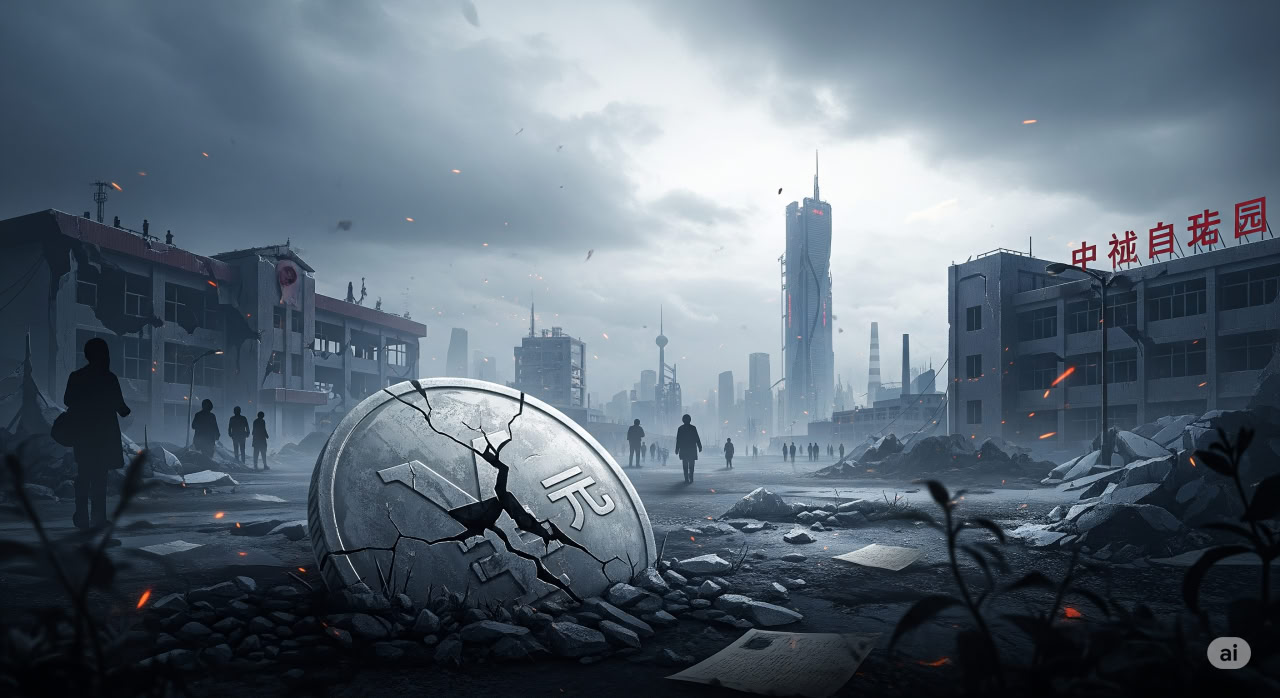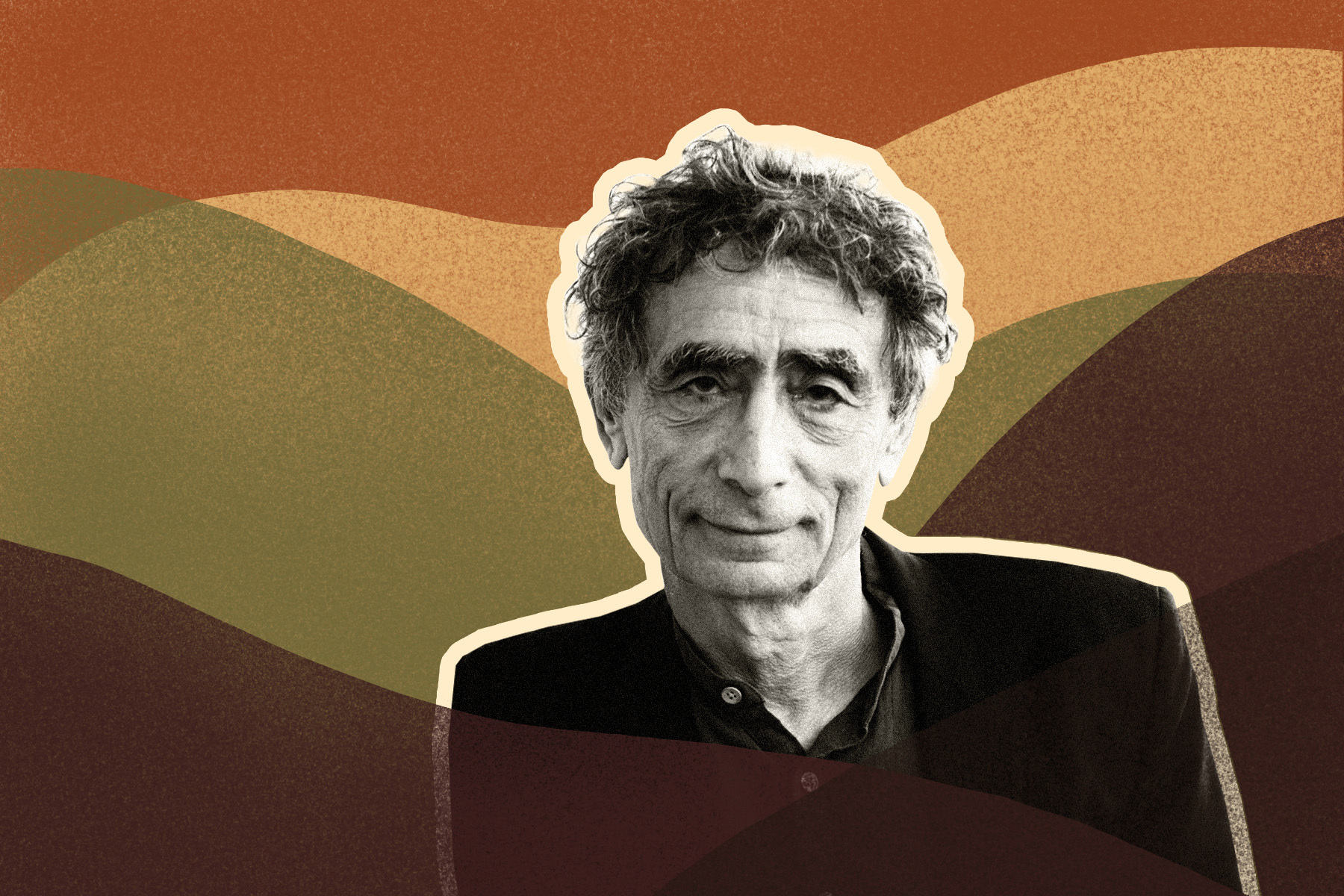The oligarchs are dropping like flies again. Window falls, mysterious car deaths, arrests on private jets bound for Turkey—Putin’s inner circle is experiencing what can only be described as an accelerated mortality rate. But this isn’t just another round of the usual Russian political theater. Something more fundamental appears to be fracturing within the system itself.
The latest casualties tell a story of rage and desperation at the very top. Take the former transport minister, found dead just hours after being dismissed—reportedly one of the officials responsible for the Kursk fortifications that proved so embarrassingly inadequate when Ukraine waltzed across the border. Putin’s fury over that humiliation has been simmering for months, and now he’s demanding heads. Literally.
What’s particularly striking is how these purges reveal the cancer of corruption that has metastasized throughout the Russian state. The Kremlin allocated hundreds of millions for border fortifications in 2023, but by the time the money trickled down to the actual frontier, it amounted to little more than some locals with shovels digging holes. You get the picture: a mafia state where every level of bureaucracy takes its cut, leaving the country fundamentally vulnerable.
The numbers alone paint a grim portrait. Russia has hemorrhaged over a million casualties in three years—compare that to Britain’s 345,000 losses across six years of World War II. The desperation is so acute that Putin has essentially purchased 30,000 North Korean soldiers, treating human beings like a commodity in his military marketplace. When you’re buying cannon fodder from Kim Jong Un, you’ve crossed a particular threshold of strategic bankruptcy.
But here’s what makes this moment different from previous cycles of Russian instability: the confluence of crises hitting simultaneously. The economy is buckling under the weight of military spending while oil revenues crater. The potato harvest has failed, leaving ordinary Russians struggling to afford their staple food. Meanwhile, the daily barrage of a thousand missiles and drones against Ukraine represents an unsustainable pace of resource consumption.
Former Putin speechwriter Galimov, now in exile, has described Russia as being in a “pre-revolutionary state” with a failing apparatus. When your own former propagandists are using that kind of language, it suggests something beyond typical authoritarian paranoia. This feels more like 1934 Stalin—a regime turning on its own elite in increasingly frantic attempts to maintain control.
The arrest of the gold magnate, one of Putin’s supposedly loyal oligarchs, on his private jet fleeing to Turkey sends a particularly chilling message to the remaining elite. Wealth and loyalty offer no protection when the system begins cannibalizing itself. His estate was immediately nationalized—a medieval practice dressed up in modern legal language.
Frankly, what’s most troubling is how this internal collapse intersects with Russia’s escalating use of chemical weapons on the Ukrainian front. German and Dutch intelligence have documented thousands of such attacks, suggesting a military that’s abandoned conventional tactics in favor of prohibited weapons. When armies start systematically violating international law, it usually signals deeper institutional breakdown.
The European response has been glacial but finally shows signs of life. NATO countries are committing 5% of GDP to defense spending—a dramatic increase that represents genuine strategic awakening. The psychological impact matters almost as much as the hardware, though the timeline remains problematic. Defense procurement operates on years, not months.
Trump’s recent reversal on Ukraine weapons supplies adds another variable to an already volatile equation. Putin had been counting on American disengagement, but that calculation may have shifted overnight. The Iranian experience—where Russian air defenses proved utterly impotent against American stealth technology—offers a preview of what conventional confrontation might look like.
Yet we’ve heard predictions of Russian collapse before, and the regime has shown remarkable resilience. Putin’s information control apparatus remains formidable, and the population has demonstrated an almost supernatural capacity for enduring hardship. The babushkas who marched on the Kremlin over Afghanistan’s 17,000 casualties remain conspicuously absent despite losses sixty times higher.
The key question isn’t whether Russia will collapse—predicting the exact timing of such events is fool’s errand. Rather, it’s whether the mounting pressure will force Putin toward negotiation or push him toward even more desperate measures. A cornered autocrat with nuclear weapons and a demonstrated willingness to use prohibited chemical agents represents a threat that extends far beyond Ukraine’s borders.
The purges accelerating through Moscow’s corridors of power suggest a regime that knows its foundations are crumbling. Whether that leads to internal reform, external aggression, or systemic breakdown remains the defining question of our time. What’s certain is that the cost of inaction—for Ukraine, for Europe, and for global stability—continues to compound daily.



